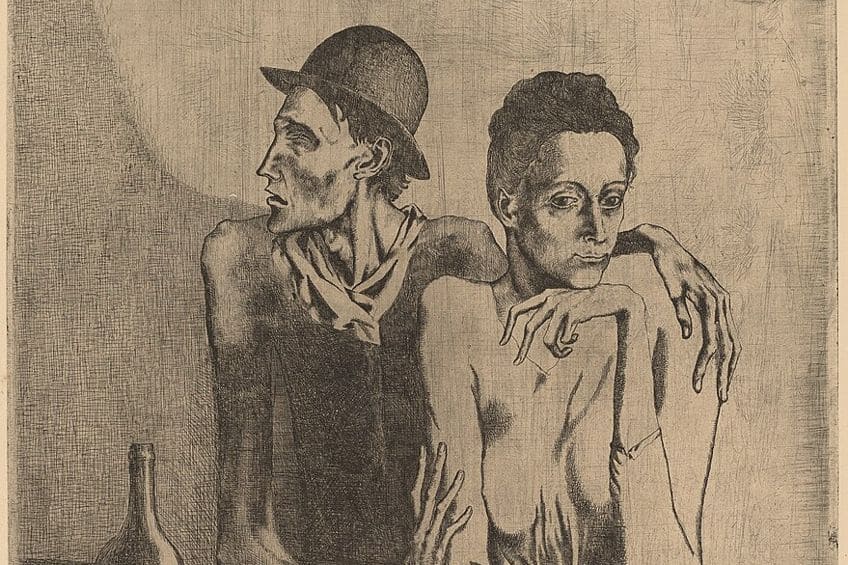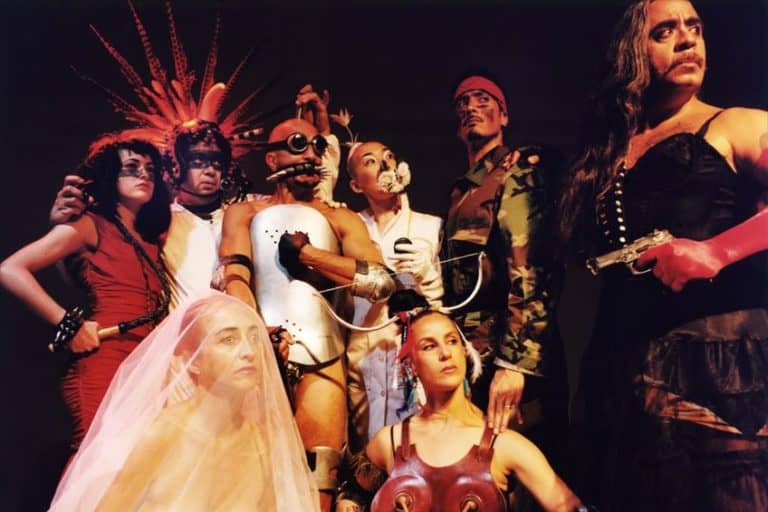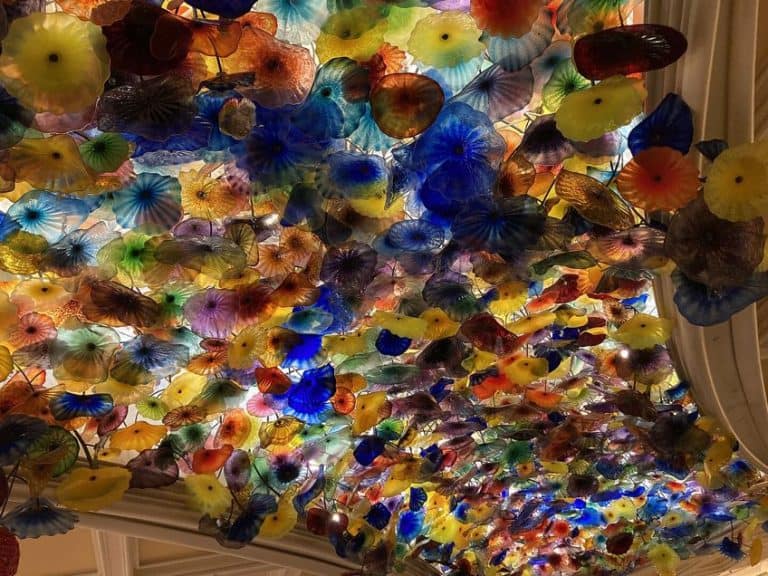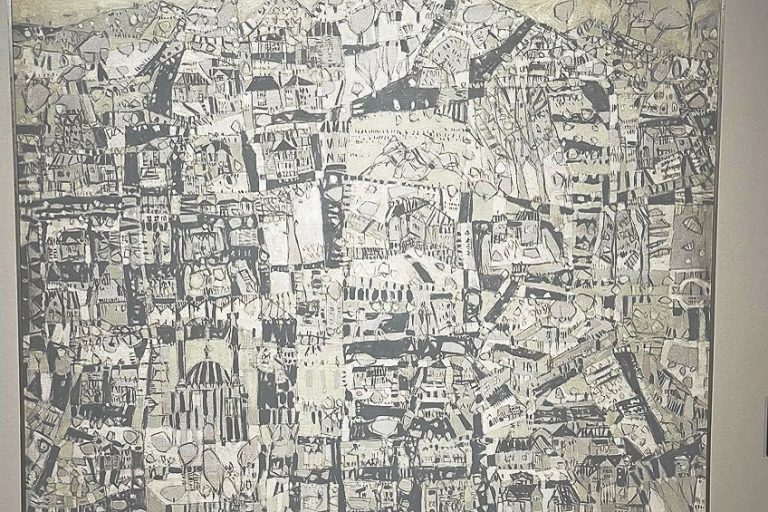Pablo Picasso Facts – Unveiling the Master of Modern Art
Pablo Picasso stands as one of the most pivotal figures in the world of art, having left an indelible mark on the 20th century through his innovative contributions to painting, sculpture, printmaking, and even stage design. From the tender age of seven, Picasso was immersed in formal art education under the guidance of his father, suggesting a predestined path toward artistic mastery. By adulthood, his influence spanned across both time and disciplines, affirming his place as a revolutionary force in the modern artistic movement. This article will explore the top facts about Pablo Picasso, an iconic figure whose groundbreaking contributions have shaped the world of art in the 20th century!
Table of Contents
- 1 Key Takeaways
- 2 16 Top Facts About Pablo Picasso
- 2.1 Picasso’s Full Name
- 2.2 A Child Prodigy
- 2.3 A Bad Student
- 2.4 Blue and Rose Periods
- 2.5 Development of Cubism
- 2.6 From Classicism to Surrealism
- 2.7 Picasso’s First Exhibition
- 2.8 Importance of Guernica
- 2.9 Picasso and the Most Expensive Painting Ever Sold
- 2.10 A Well-Known Womanizer
- 2.11 The Mona Lisa Accusation
- 2.12 Picasso’s Iconic Striped Shirt
- 2.13 Theft of Picasso’s Artworks
- 2.14 Picasso’s Final Words
- 2.15 The World’s Most Prolific Painter
- 2.16 Most Notable Picasso Quotes
- 3 Frequently Asked Questions
Key Takeaways
- Pablo Picasso was a defining artist of the 20th century, acclaimed for his role in forming Cubism and pushing the boundaries of art.
- His early exposure to art under his father’s mentorship and his prolific career yielded some of the most famous paintings in history.
- Picasso’s body of work is renowned for its groundbreaking creativity and significant impact on later artists.
16 Top Facts About Pablo Picasso
Pablo Picasso is renowned as a revolutionary artist who transformed the course of modern art with his prolific work spanning multiple styles and periods. From the complexity of his full name to his influential masterpiece “Guernica,” here are 16 top facts that encapsulate the genius of Picasso.

Picasso’s Full Name
Pablo Diego José Francisco de Paula Juan Nepomuceno María de los Remedios Cipriano de la Santísima Trinidad Martyr Patricio Clito Ruíz y Picasso was his baptismal name, reflecting a tradition of honoring several saints and relatives. Pablo Picasso’s exceptionally long baptismal name reflects a rich tradition of honoring multiple saints and family members.
In so doing, his name showcases the cultural and religious influences prevalent during his upbringing in Spain.
A Child Prodigy
At the tender age of seven, Picasso started receiving formal art training from his father, and by the age of nine, he completed his first painting. Under his father’s guidance, Picasso’s early exposure to formal art education fostered a prodigious talent that would define his lifelong artistic journey and influence the course of modern art history.
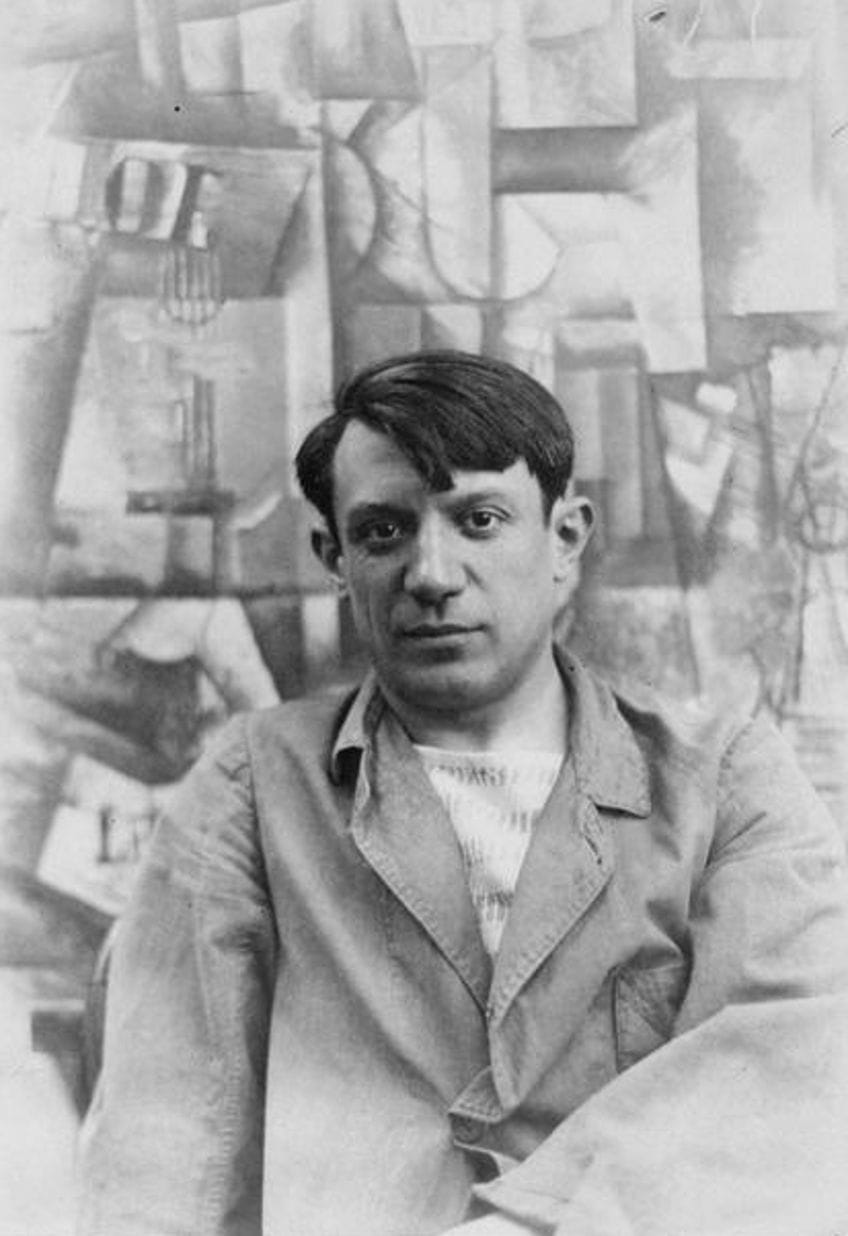
A Bad Student
Despite his artistic talent, Picasso often found himself at odds with the formal education system, preferring to doodle in his notebooks rather than focusing on academic studies. His inclination towards creative expression often clashed with the rigid structure of traditional schooling, leading Picasso to prioritize his artistic impulses over conventional academic pursuits.
This was a decision that would ultimately shape his unconventional path as an artist.
Blue and Rose Periods
Picasso’s Blue Period (1901 – 1904) was characterized by blue tones and somber themes, while the subsequent Rose Period (1904 – 1906) featured warmer hues and more optimistic subjects. During his Blue Period, Picasso’s artworks often depicted themes of poverty, despair, and isolation, reflecting his personal struggles and emotional depth during that period of his life. In contrast, Picasso’s Rose Period marked a shift towards brighter colors and themes of circus performers, harlequins, and acrobats, demonstrating a newfound sense of vitality and fascination with the whimsical world of performance art.
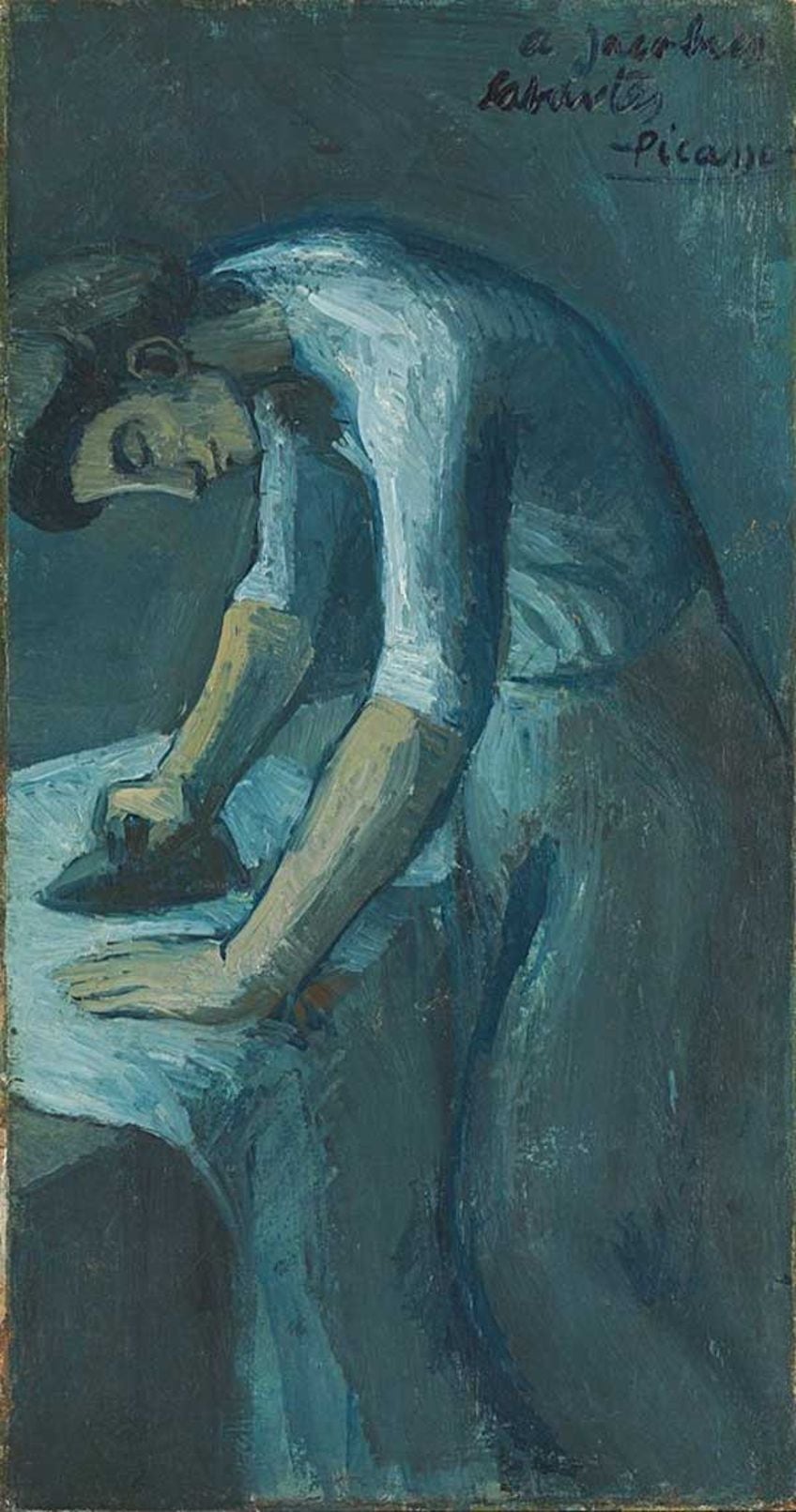
Development of Cubism
Together with artist Georges Braque, Picasso developed Cubism, a style that broke subjects into geometric shapes and challenged traditional forms of perspective. Cubism revolutionized the art world by introducing a new way of representing reality, where objects were fragmented and depicted from multiple viewpoints simultaneously.
In doing so, he challenges viewers to engage with art in innovative and thought-provoking ways.
From Classicism to Surrealism
Picasso’s versatility allowed him to transition between various styles, seamlessly moving from a Classical approach in the 1920s to incorporating elements of Surrealism in his later works. Picasso’s ability to adapt and evolve stylistically throughout his career not only showcased his artistic genius but also demonstrated his relentless pursuit of creative exploration and experimentation, influencing generations of artists to push the boundaries of artistic expression.

Picasso’s First Exhibition
He had his first exhibition at the age of 19, in 1900, in Barcelona, which marked the starting point of his life-long career as an artist. Picasso’s debut exhibition in Barcelona not only launched his artistic career but also foreshadowed his future impact on the art world.
It set the stage for his enduring legacy as one of the most influential artists of the 20th century.
Importance of Guernica
Guernica (1937), Picasso’s poignant denouncement of the bombing of the Basque town during the Spanish Civil War, endures as an iconic symbol of anti-war sentiment within the realm of art. This monumental masterpiece captures the agony and devastation of war with its stark imagery and emotional depth, resonating profoundly with audiences worldwide. Its intricate composition and symbolic elements reflect Picasso’s mastery of visual storytelling, solidifying its place as a timeless emblem of protest against the horrors of armed conflict.

Picasso and the Most Expensive Painting Ever Sold
In 2015, Picasso’s Les Femmes d’Alger (1955) sold for $179.4 million, then a record for the most expensive painting ever sold at auction. This groundbreaking sale underscored Picasso’s enduring relevance and the continued appreciation for his masterpieces.
It also solidifies his position as a titan of the art world whose work transcends time and monetary value.
A Well-Known Womanizer
Picasso’s numerous relationships and affairs with women are well-documented, and these interactions often influenced his artistic output and personal life. His complex romantic entanglements not only shaped the narrative of his personal life but also served as a wellspring of inspiration, fueling the emotional depth and dynamism evident in his diverse body of work across various periods and styles.

The Mona Lisa Accusation
In 1911, he was wrongly accused of stealing the Mona Lisa from the Louvre, an incident that became a significant anecdote in Picasso’s life story. Though Picasso’s involvement in the Mona Lisa theft was swiftly disproven, the incident added a layer of intrigue to his persona, contributing to the mystique surrounding the legendary artist.
It fueled speculation about his adventurous spirit and unconventional lifestyle.
Picasso’s Iconic Striped Shirt
He was often seen wearing a Breton striped shirt, which became synonymous with his iconic personal style and reflected his ability to blur the lines between artist and artwork. Picasso’s penchant for the Breton striped shirt not only solidified his status as a fashion icon but also underscored his innate ability to merge elements of art and life, blurring the boundaries between the two and cultivating a persona that transcended mere artistic genius.
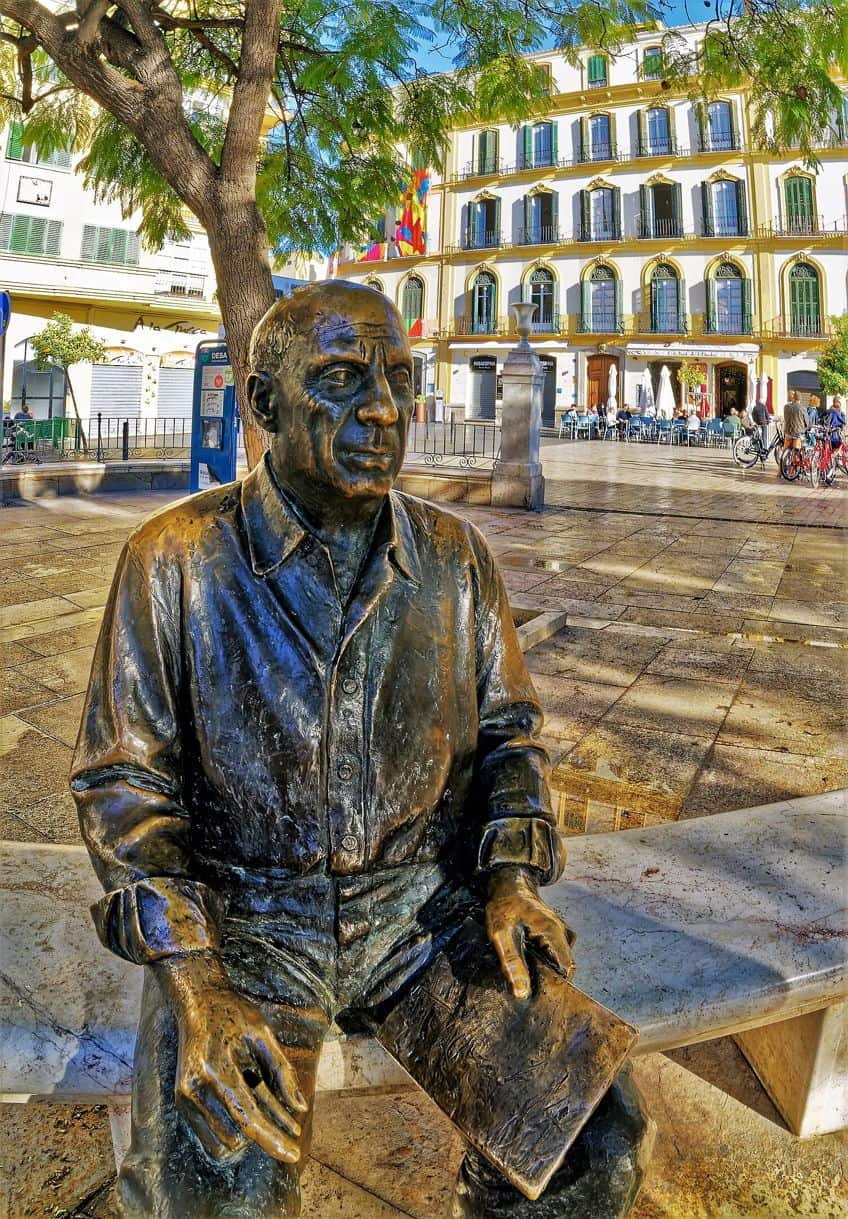
Theft of Picasso’s Artworks
Picasso’s artwork is highly coveted, leading to multiple thefts over the years, with his works being some of the most stolen pieces worldwide. The allure of Picasso’s creations has unfortunately made them targets for theft, underscoring the enduring fascination and value placed on his art across the globe, despite the challenges posed by unauthorized appropriation. The exact number of Picasso artworks that have been stolen is difficult to determine definitively, as thefts occur sporadically and may not always be publicly reported.
However, it is known that Picasso’s works have been targeted in several high-profile thefts over the years, contributing to his reputation as one of the most frequently stolen artists in history.
Picasso’s Final Words
Before his death in 1973, Picasso’s final words were “Drink to me, drink to my health, you know I can’t drink any more.” Picasso’s poignant final words encapsulate his wit, humor, and humanity, offering a glimpse into the complex persona of an artist whose life and legacy continue to inspire generations of creators around the world.

The World’s Most Prolific Painter
Pablo Picasso stands as one of the world’s most prolific painters, renowned for his unparalleled creative output and artistic innovation. With an estimated 50,000 artworks to his name, Picasso’s oeuvre transcends conventional boundaries, encompassing paintings, sculptures, drawings, ceramics, and more. His relentless exploration of form, color, and perspective propelled him to push the boundaries of artistic expression across a multitude of styles and movements, from Cubism to Surrealism and beyond.
Picasso’s sheer volume of work reflects not only his boundless creativity but also his profound impact on the trajectory of modern art, cementing his legacy as a towering figure in the annals of art history.
Most Notable Picasso Quotes
A famous Picasso quote captures his approach to life and art: “Every child is an artist. The problem is how to remain an artist once he grows up.” This quote underscores Picasso’s belief in the innate creativity that resides within every individual, challenging us to preserve the imaginative spirit of childhood as we navigate the complexities of adulthood and artistic expression.

Delving into Pablo Picasso’s top facts illuminates his profound artistic genius and enduring influence. From his early education to his revolutionary contributions, Picasso’s legacy exemplifies the transformative power of creativity and innovation in art. His influence continues to captivate and inspire, underscoring the timeless significance of his work in shaping our understanding of the world.
Frequently Asked Questions
What Is Picasso’s Most Significant Contribution to the Art World?
Pablo Picasso is celebrated for co-founding the Cubist movement, which revolutionized European painting and sculpture, and influenced the development of modern art.
How Did Pablo Picasso Influence the Cubist Movement?
He, along with Georges Braque, pioneered Cubism, a style characterized by fragmented objects and geometric shapes, presenting multiple viewpoints simultaneously within a single plane.
What Is the Estimated Number of Works Picasso Created?
Picasso was incredibly prolific, having created an estimated 50,000 artworks throughout his lifetime, which include paintings, drawings, sculptures, ceramics, and prints.
Isabella studied at the University of Cape Town in South Africa and graduated with a Bachelor of Arts majoring in English Literature & Language and Psychology. Throughout her undergraduate years, she took Art History as an additional subject and absolutely loved it. Building on from her art history knowledge that began in high school, art has always been a particular area of fascination for her. From learning about artworks previously unknown to her, or sharpening her existing understanding of specific works, the ability to continue learning within this interesting sphere excites her greatly.
Her focal points of interest in art history encompass profiling specific artists and art movements, as it is these areas where she is able to really dig deep into the rich narrative of the art world. Additionally, she particularly enjoys exploring the different artistic styles of the 20th century, as well as the important impact that female artists have had on the development of art history.
Learn more about Isabella Meyer and the Art in Context Team.
Cite this Article
Isabella, Meyer, “Pablo Picasso Facts – Unveiling the Master of Modern Art.” Art in Context. February 7, 2024. URL: https://artincontext.org/pablo-picasso-facts/
Meyer, I. (2024, 7 February). Pablo Picasso Facts – Unveiling the Master of Modern Art. Art in Context. https://artincontext.org/pablo-picasso-facts/
Meyer, Isabella. “Pablo Picasso Facts – Unveiling the Master of Modern Art.” Art in Context, February 7, 2024. https://artincontext.org/pablo-picasso-facts/.


